The TASCAM VS-R265 live streaming encoder/decoder has been of use to broadcast and simultaneously stream "Ashita no College", a program on TBS Radio.
TASCAM interviewed TBS Radio, Inc. UX Planning Department's Yoshie Honda, and Daishi Tomita, of the Media Technology Department at TBS Radio, Inc., about the introduction process and operation of the VS-R265.
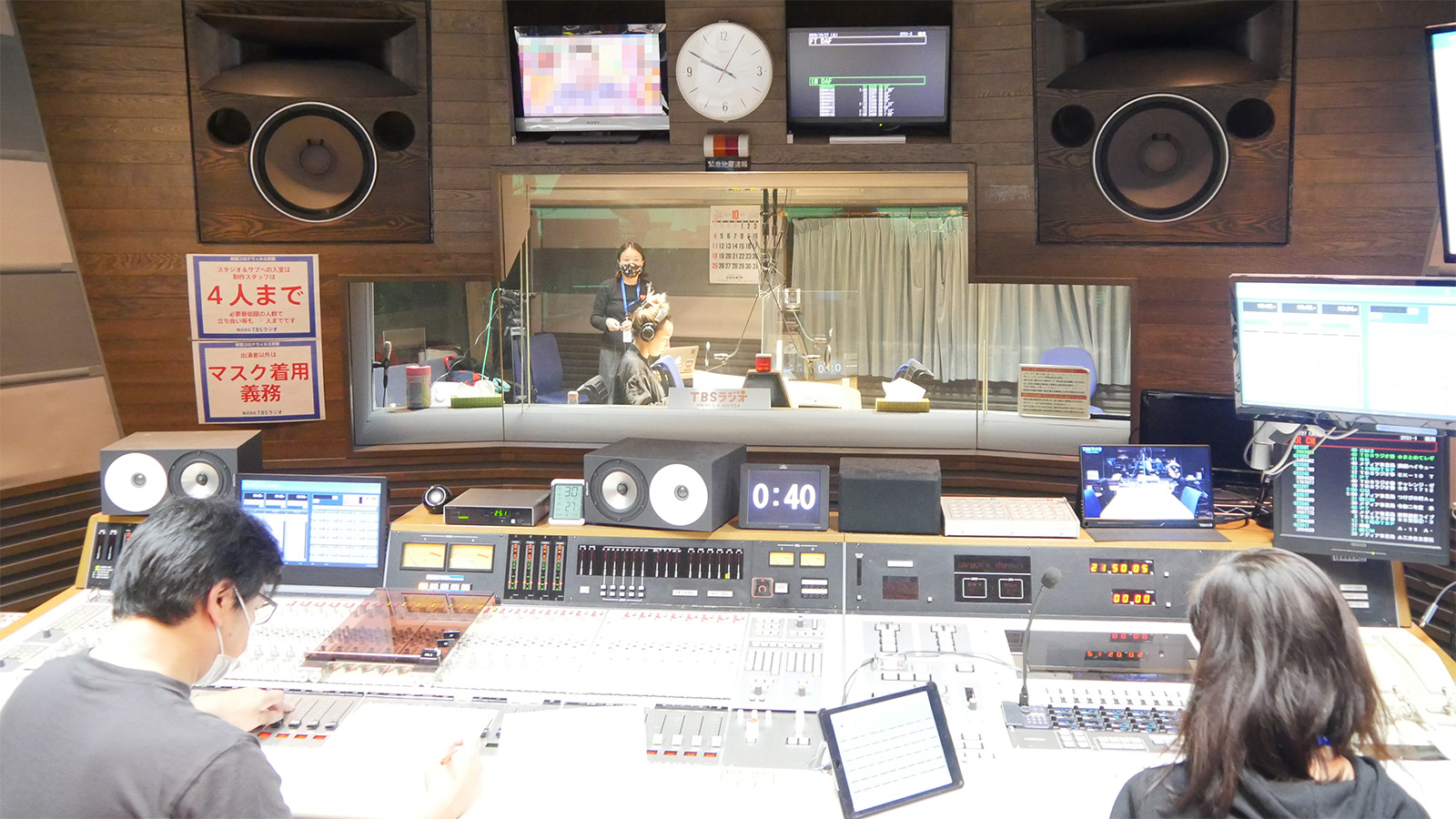
TASCAM: What are your thoughts on the distribution/streaming of the program?
Honda: "Ashita no College" is a program that began in September 2020. We decided to make it a regular streaming program on YouTube in the hopes that many young people would listen to it, and some of the reasons were because:
Also, in the case of streaming, the presenters will talk freely after the program end. I think this gives a very friendly and familiar atmosphere and makes the listeners feel more engaged with the program as well.
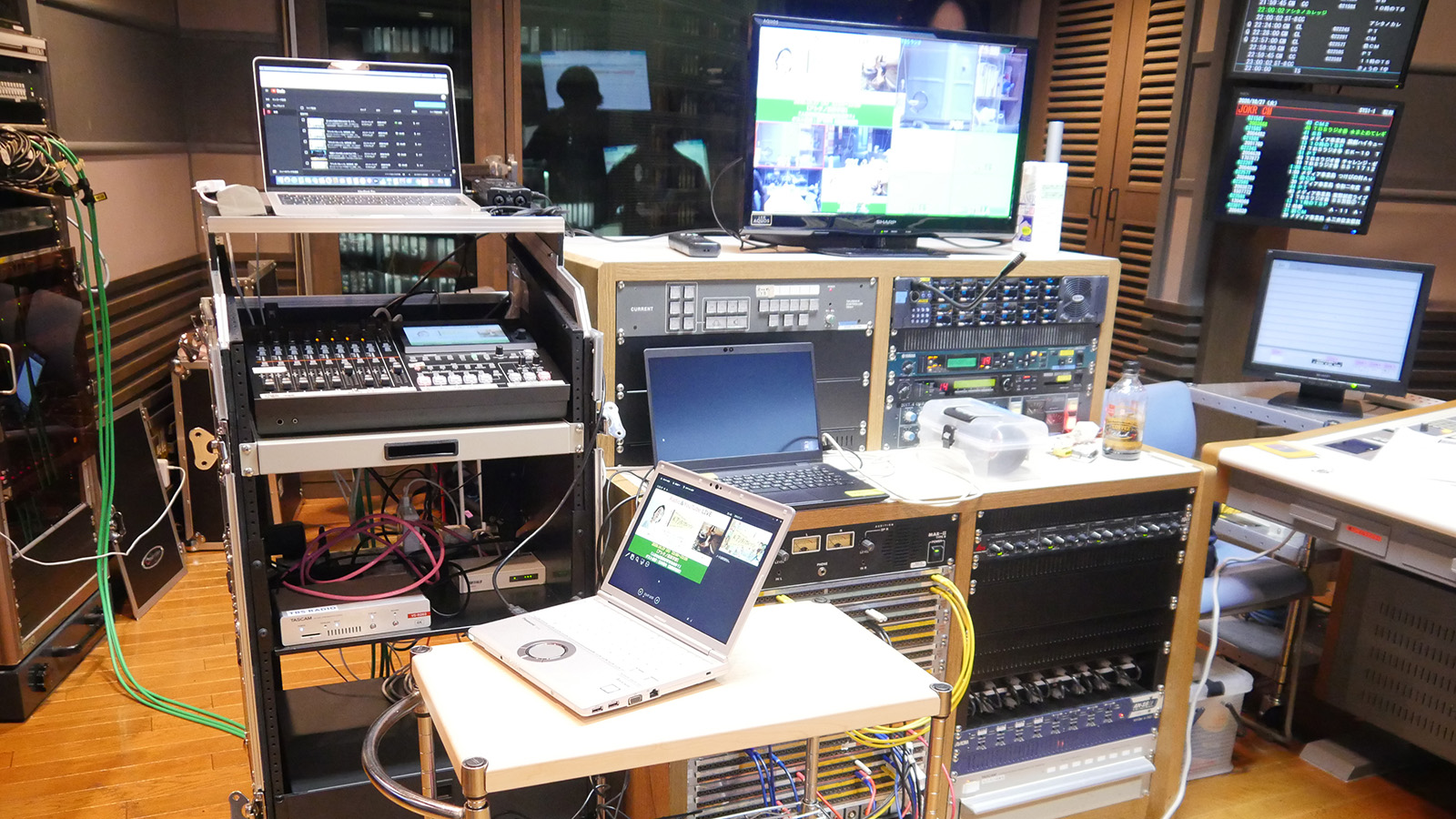
TASCAM: How did you come to integrate the VS-R265 to this system?
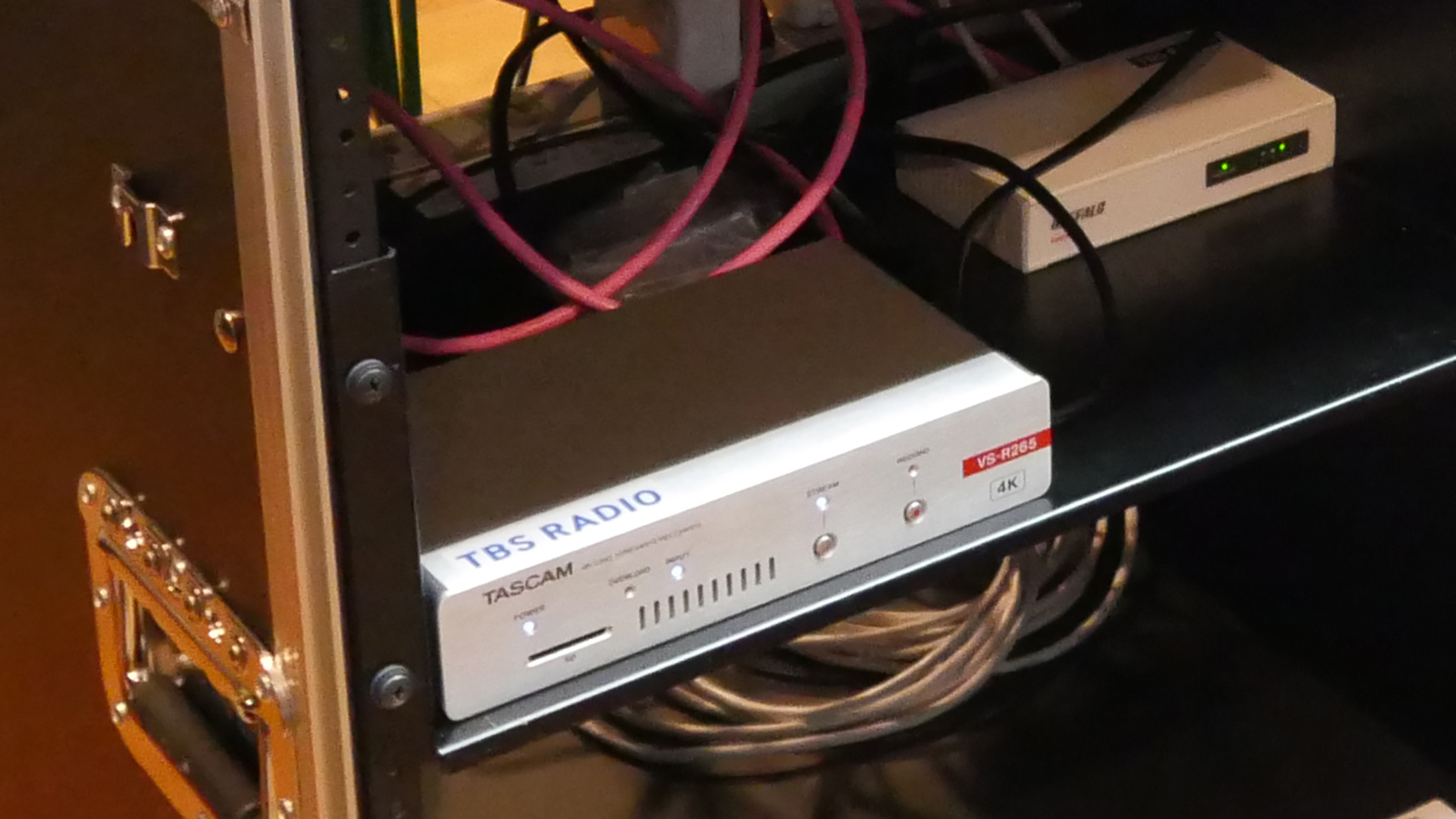
Tomita: We didn't expect to prepare a staff specializing in the streaming at the beginning since this was just a regular radio program. Therefore, the setup and operability of the distribution facility, as well as the operation stability are some of the features we required.
The main reasons for selecting the VS-R265 encoder were that it does not require an account and its stability as a dedicated encoding machine.
TASCAM: What were your impressions after using it?
Tomita: It may be easier to understand the streaming system when spread in the following cases:
A) We do it all ourselves, from everything related to video shooting/tasks to distribution, using our cameras and switchers
B) We outsource the video-related tasks but do the other audio-related tasks and distribution ourselves
TASCAM: Which is the case for "Ashita no College"?
Tomita: (A) since we have all the cameras and switchers installed.
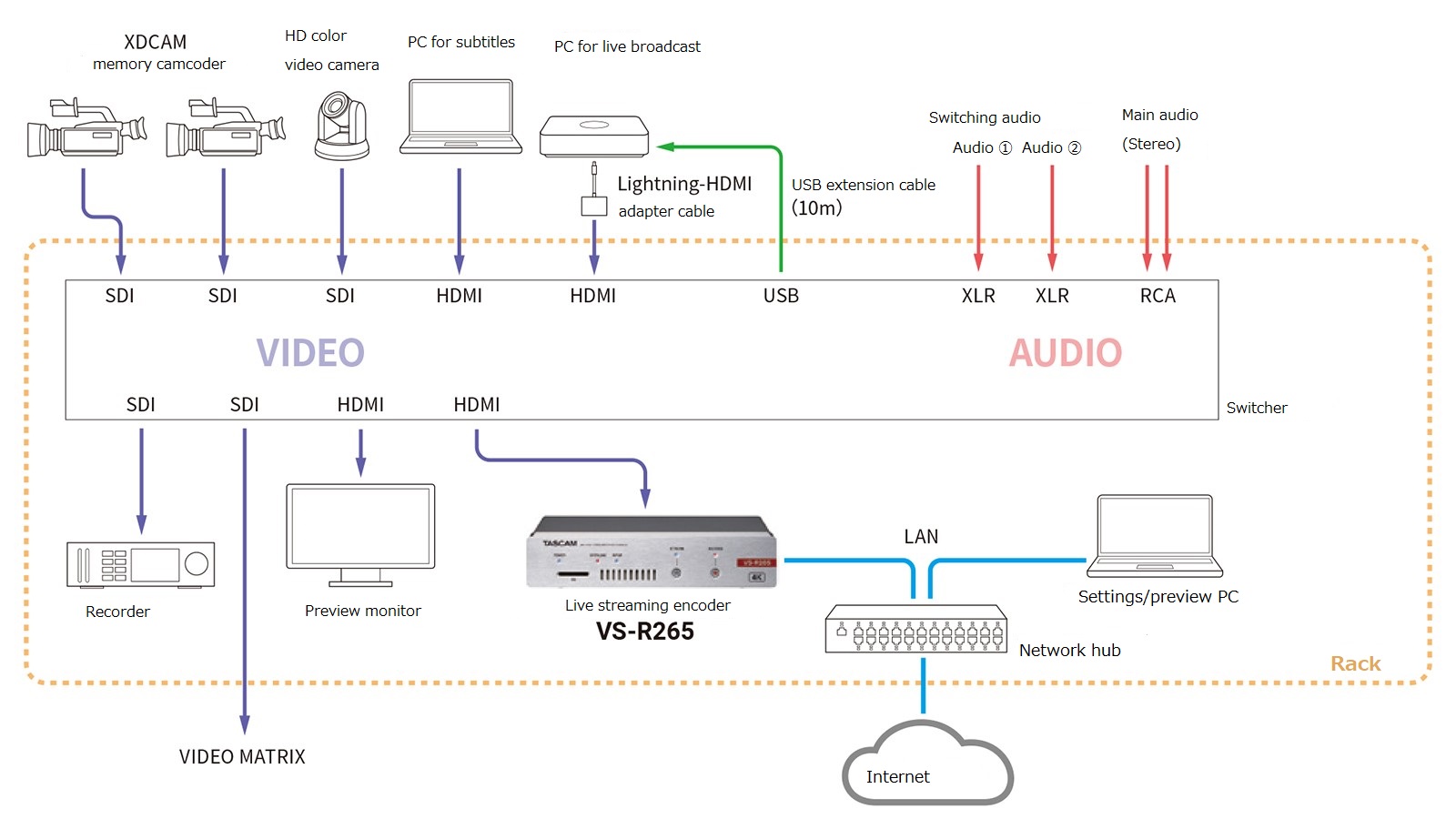
Tomita: The audio input, etc. is done by the switcher in a stage before the encoder, so the system works without having to use the encoder's balanced audio input. For regular programs such as "Ashita no College," we don't outsource video operations and use the switcher to carry out various functions. As shown in the system diagram, the SDI output from the switcher is recorded by the recorder.
TASCAM: So the switcher is the core of the distribution in case (A), and the VS-R265 is only used as an encoder. What is the operation like in case (B)?
Tomita: Video production would be outsourced to receive the video signal, and we would do the audio production and distribution by ourselves. In this case, though, we would have to prepare the equipment that superimposes audio on the video. That's what I like about the VS-R265, it has a balanced audio input that can be superimposed on the HDMI input video signal, eliminating the need for separate devices.
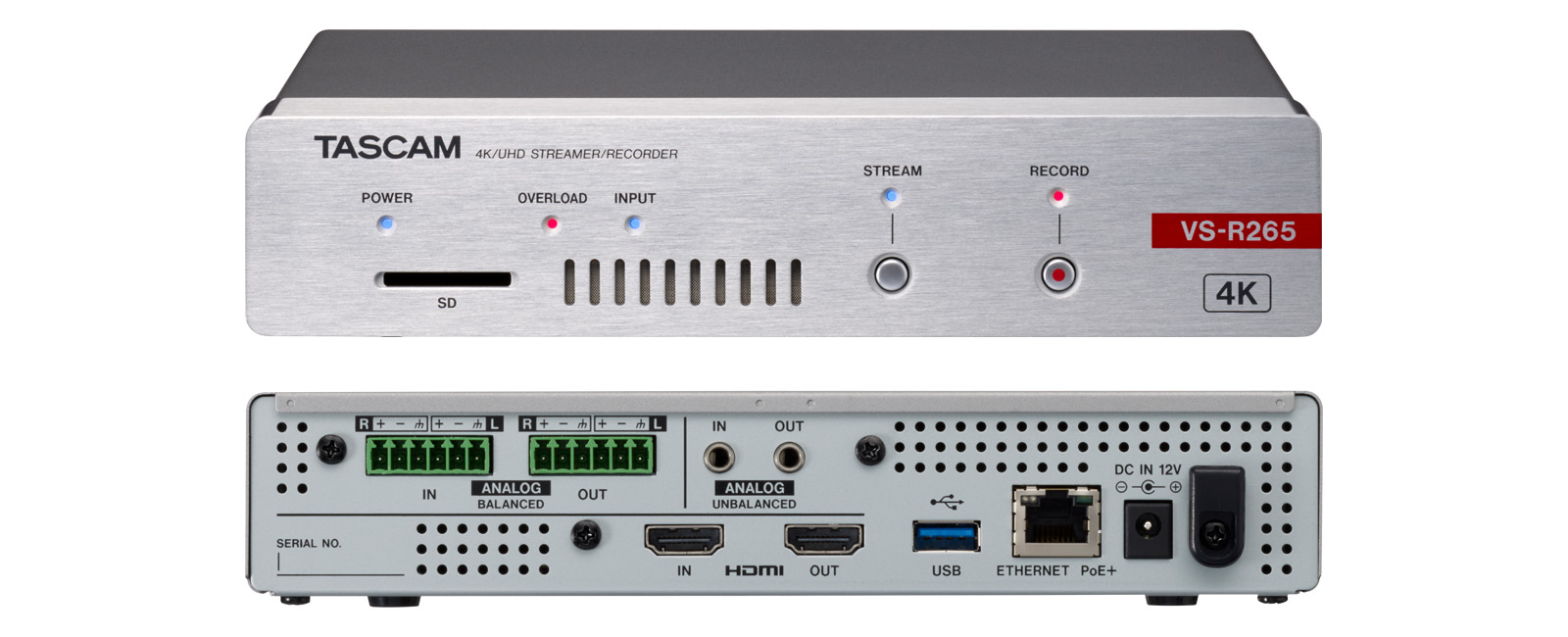
Tomita: Also, in case (A), recording the switcher output with the recorder can be all done and saved with just the encoder in case (B). It's quite convenient that the encoder can do all the work to even convert the recorded files. Of course, this doesn't mean that it can only be used in case (B), but I think it's an advantage that this TASCAM encoder can be used to create files in any circumstance.
TASCAM: Do you have any expectations for the VS-R265?
Tomita: Currently, it's not possible to set a backup URL for YouTube since the VS-R265 can deliver only one stream (*). As more reliable distribution is to be required in the future, I think it's necessary to enable redundancy and allow for distribution to multiple streams.
TASCAM: Any last comments on TASCAM or TASCAM products?
Honda: VS-R265's quality of distribution is perfectly good with YouTube's image quality. Since the number of distribution events is increasing day by day, I think it would be great to have more equipment for distribution.
TASCAM: Thank you very much.
Special thanks to:
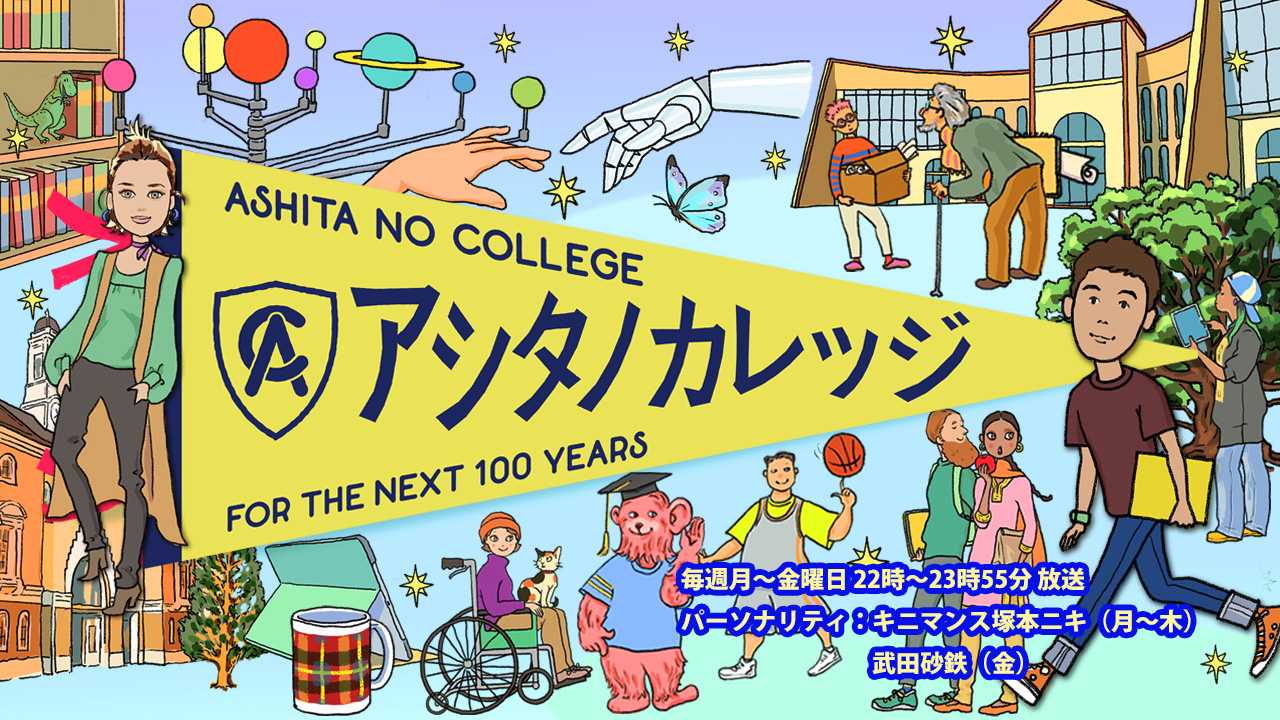
Broadcasted every Monday - Friday 22:00-23:55 JST
Links
- Official website
- YouTube